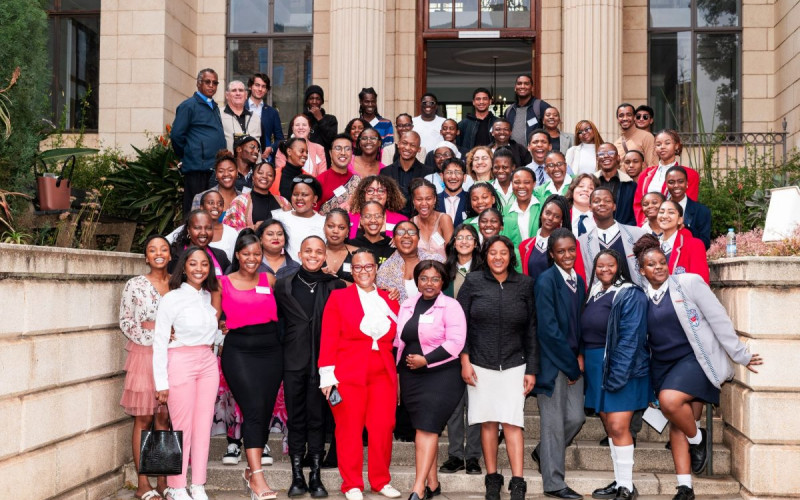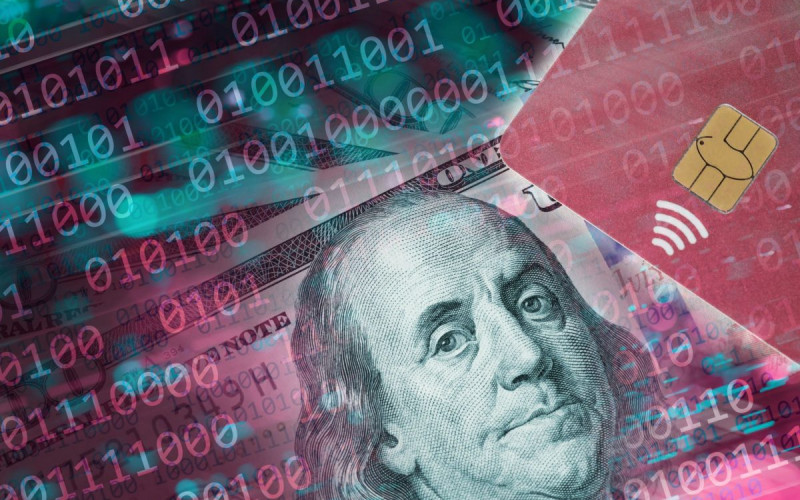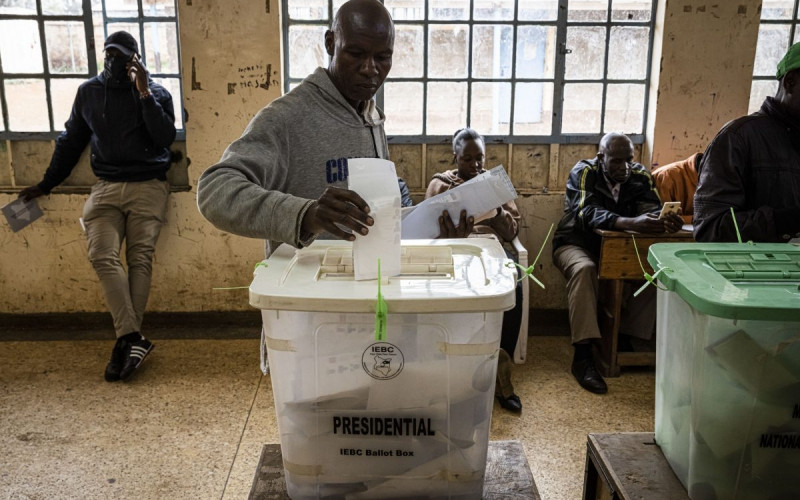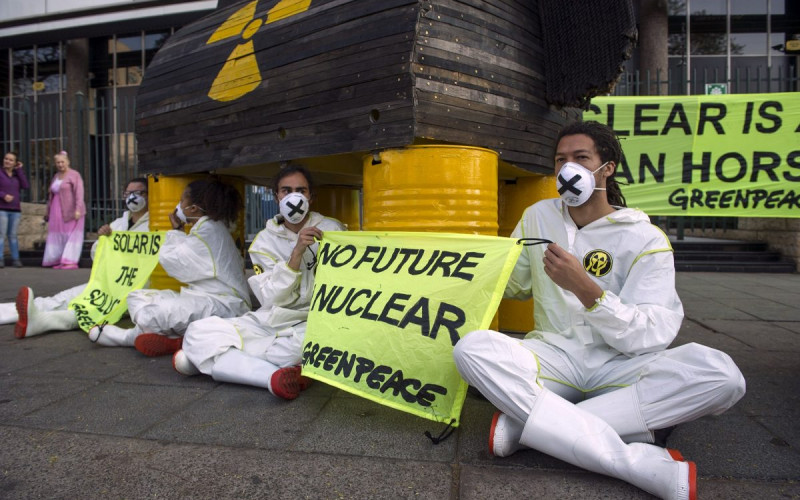The political implications of social media sites are finally receiving sustained attention. These sites both reinforce and undermine democracy, challenging regulators to balance positive developments and curb negative developments while being attentive to multilateral and international implications. This article maps this regulatory challenge, beginning with the emergence of the sites in order to understand the type of response that might be required of policymakers. The historiography allows for an actor-network analysis of the terrain, highlighting the characteristics of individual sites that together trigger the need for more holistic regulation. The article then examines the impact of social media on both individuals and institutions to emphasise that the actor-network both shapes and is shaped by actor action. Moving beyond a false dichotomy to see social media as neither purely good nor purely bad, the article frames the complexity of the regulatory ecosystem, and invites regulation that aims for a utopic outcome.
Introduction
‘Social media’ is a broad concept that is used to refer to various technologies of digital communication characterised by user generated content or interaction.1Caleb T. Carr and Rebecca A. Hayes, “Social Media: Defining, Developing, and Divining,” Atlantic Journal of Communication 23, no. 1 (2015): 46–65. https://doi.org/10.1080/15456870.2015.972282. Caleb Carr and Rebecca Hayes propose defining social media as ‘Internet-based channels that allow users to opportunistically interact and selectively self-present, either in real-time or asynchronously, with both broad and narrow audiences who derive value from user-generated content and the perception of interaction with others’.2Carr and Hayes, “Social Media,” 50. Social media sites are also routinely referred to as social networking sites, emphasising their function of fostering interaction and connection. The concept itself implicates a number of related technologies that have been studied separately including the media content that is created for the platforms, algorithms that dictate how content is disseminated on the platforms, and the politics of administering and regulating the platforms themselves.3Carr and Hayes, “Social Media,” 49. It includes disparate platforms like YouTube and Twitter (now ‘X’) which emphasise broadcast, those like Facebook that prioritise networks, and those like WhatsApp that prioritise messaging.4Carr, and Hayes, “Social Media,” 48. The most important characteristics that unite these platforms is that they are based on the Internet, designed for interaction, primarily permit broadcasting, and are run by private corporations which create value for their owners through the monetisation of those interactions.
Given this nebulous definition, it follows that the impact of social media has also been varied. In the early years of social media there was great optimism about the potential these platforms presented for greater connectivity and the building of organic communities that defied the traditional lines of belonging. This potential is borne out by the way in which protest communities such as ‘Black Lives Matter’ or ‘Rhodes Must Fall’ utilised these platforms to amplify their demands, connect across geographical and political boundaries, and shift the political agenda. However, as this potential has become clear, so too has the interest in using this power to undermine democracy.
The potential to undermine democracy is sometimes a consequence of the qualities that are built into social media sites, for instance the tendency to reinforce insular perspectives and the ability for influence or visibility on the sites to be bought. However, the undermining can also be the consequence of well-funded negative actors who have capitalised on the capabilities of social media to build elaborate networks of surveillance, misinformation and disinformation, and to generate disproportionate political influence. This situation creates a regulatory challenge in which regulators must balance the positive outcomes of social networking sites with the significant harms that they can engender. The goal of this article is to map this regulatory challenge to invite a more holistic consideration of the impact of social media on democracy worldwide. Moving beyond a false dichotomy to see social media as neither purely good nor purely bad, the article frames the complexity of the regulatory ecosystem and invites regulation that aims for a utopic outcome.







